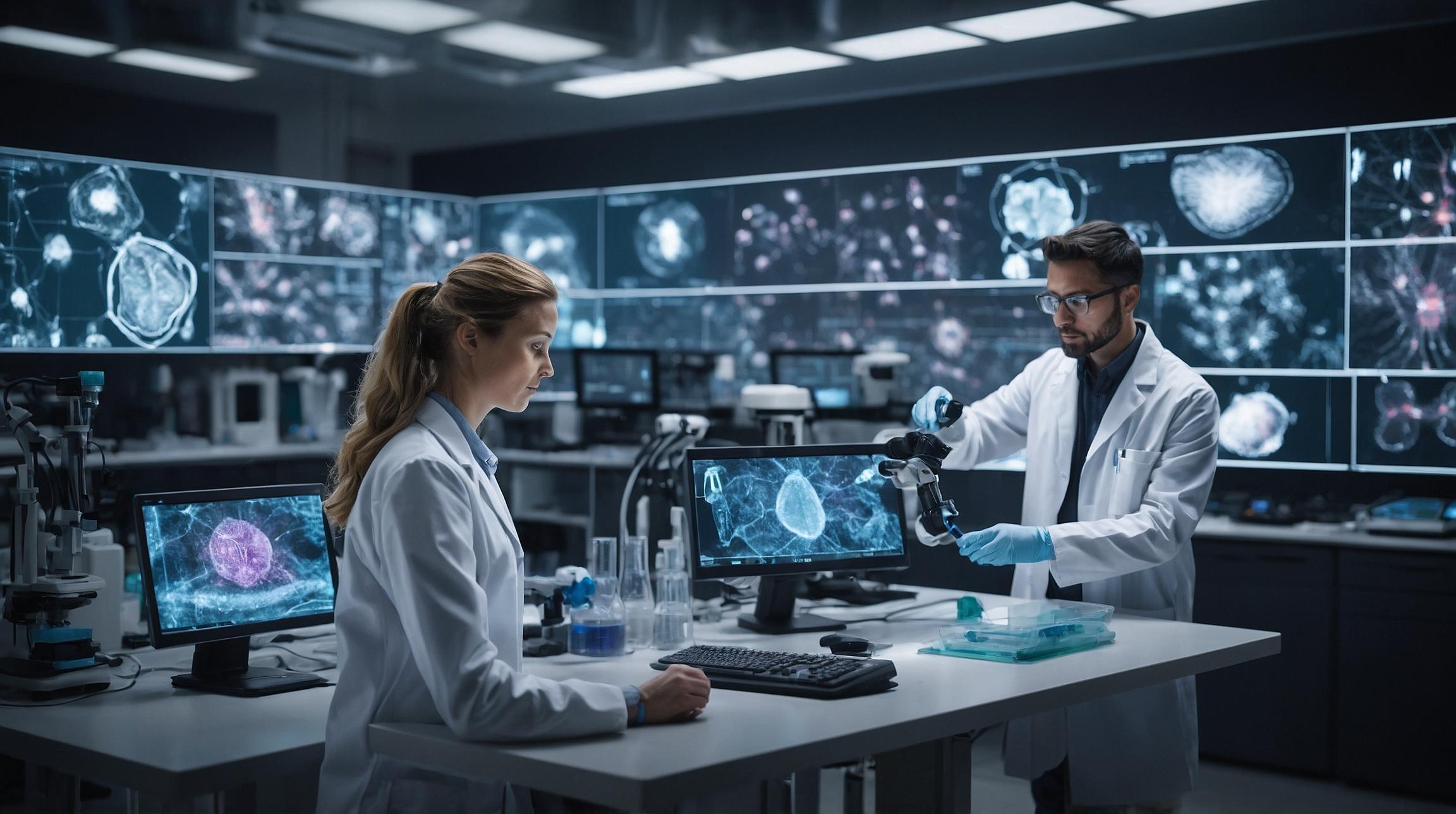New AI Model Transforming Cancer Diagnostics
Virchow, an advanced AI model by Paige, is making waves in the field of cancer diagnostics. Developed in collaboration with Microsoft Research, this model is designed to tackle the formidable challenge of detecting rare cancers, which account for over 50% of all cancer cases. Rare cancers have historically been difficult to diagnose due to their infrequency and varied presentation.
Understanding the Impact of Rare Cancers
Rare cancers, particularly those affecting children and adolescents, often go undetected. Virchow's ability to identify these elusive cancers with 94% accuracy marks a significant advancement in medical technology. This development is poised to impact hundreds of thousands of lives by providing earlier and more accurate diagnoses.
How AI Is Changing the Game
The training of pathology AI models has evolved significantly. Initially, the process required manual annotation of tumor images, which was both time-consuming and labor-intensive. The introduction of multiple instance learning marked a pivotal shift, enabling models to learn from vast datasets without detailed annotations. This technique was pivotal in training Paige's prostate cancer model, which gained FDA approval due to its enhanced diagnostic accuracy.
With Virchow, Paige has taken another leap by using a foundation model trained on millions of images incorporating over a billion parameters. This expansive dataset allows Virchow to identify a wide spectrum of cancers, including those that are rare or have not been previously identified.
The Complexity of Diagnosing Rare Cancers
Rare cancers present unique challenges for pathologists due to their diverse histologic features and genetic variations. Most pathologists may encounter a limited range of cancer types in their careers, which can affect their ability to diagnose less common variants accurately. Virchow, however, acts like a virtual team of experts, drawing on its comprehensive training to assist pathologists in making precise diagnoses.
A Case in Point: Rare Cancer Detection
During testing, Virchow identified a tiny metastatic focus of neuroblastoma in a pancreatic tissue sample, typically a rare discovery in such cases. This showcases the model's potential to spot unusual cancer types that might be missed by human pathologists.
Implications for Healthcare Leaders
For healthcare executives and IT leaders, the key takeaway is the transformative potential of integrating AI models like Virchow into clinical practice. Although the transition to digital pathology poses some challenges, the precision and efficiency offered by AI tools can lead to significant improvements in patient care. The enhanced data processing capabilities of Virchow promise to accelerate the development of new diagnostic aids, propelling the field of pathology into a new era of innovation.













